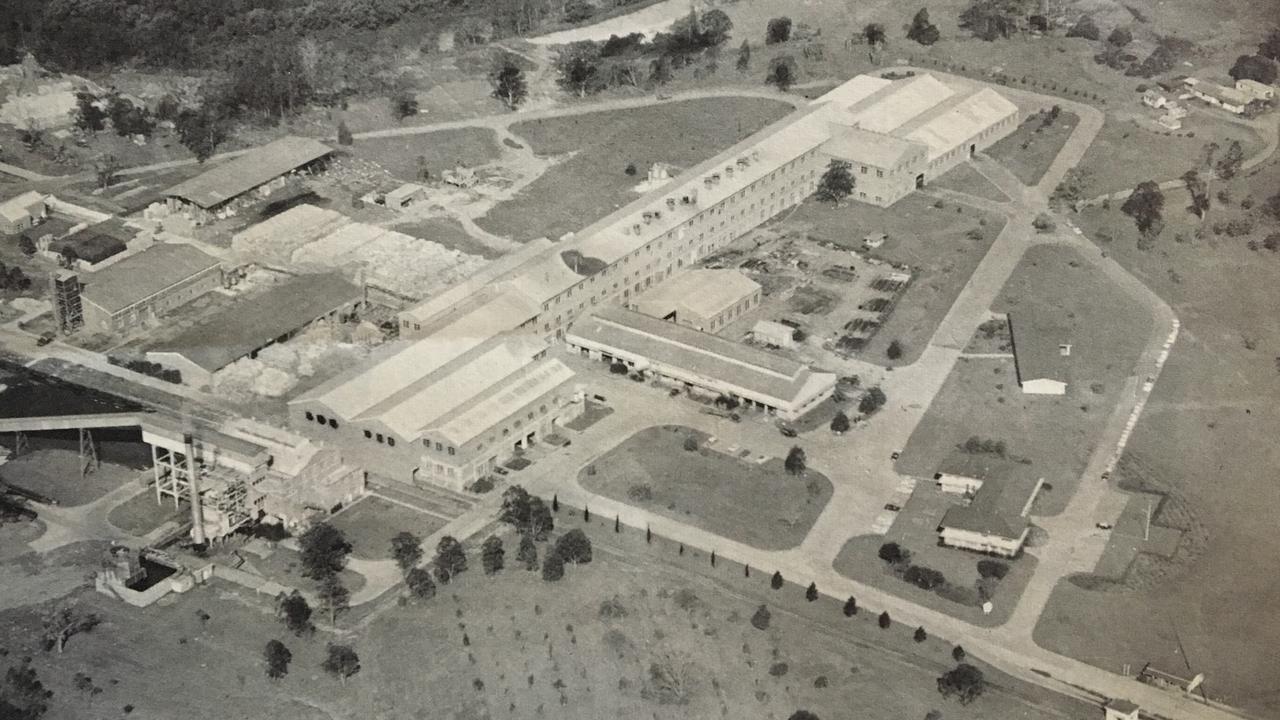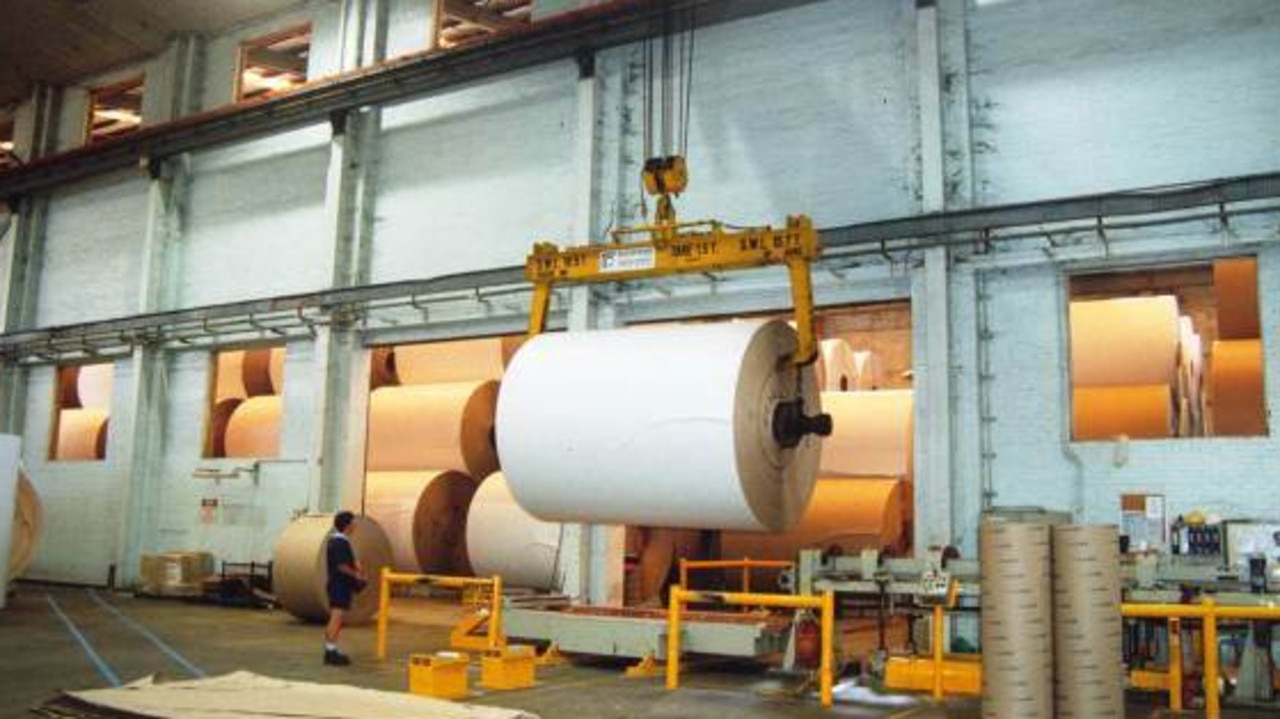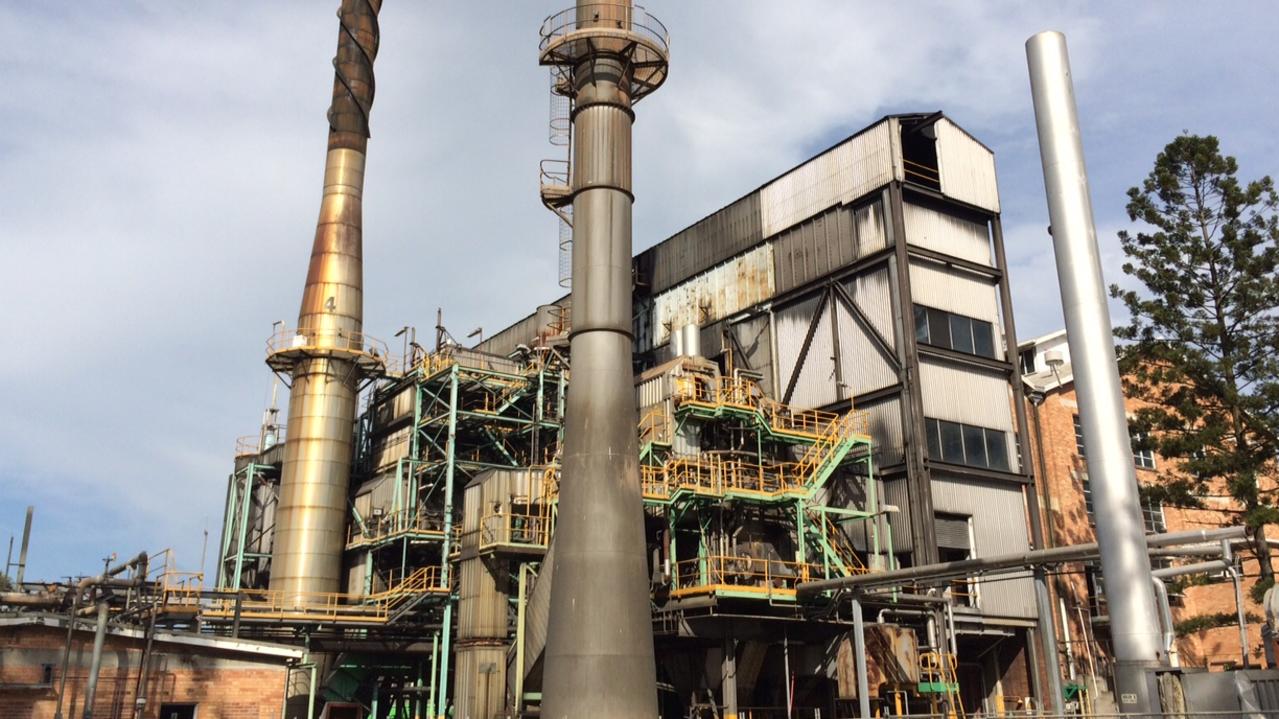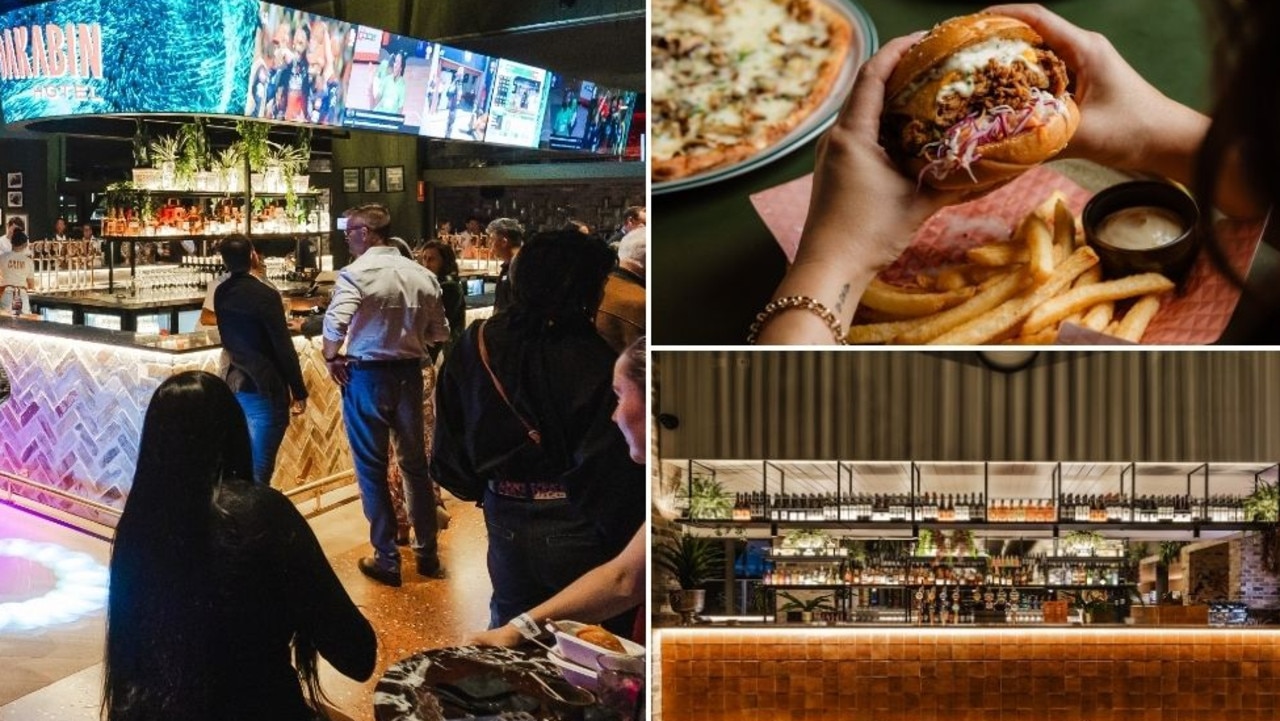How the paper mill helped shape Petrie
We take a look at the Petrie Paper Mill and how it shaped the little township around it

PETRIE as we know it, could have been vastly different if the Petrie Mill hadn’t come to town.
North Pine Historical Society president Judy Dohle says the township flourished because of the mill, which built homes and had a hand in the development of Lake Kurwongbah and the Pine Rivers Fire Station.
“The whole of Pine, after World War II, was dead up until then. Petrie grew in population and people did come up and move in to get jobs (at the mill),” Judy explains.
Back then, Petrie was a small township with about 20 houses, a railway station, post office, small school, two churches, general store, baker, butcher, school of arts hall, a hotel and two bank agencies.

By 1952, when the foundations were being laid at the mill, 60 company houses and a single men’s hostel for 40 men had been constructed. The APM sports oval was also built at this time, using spoil excavated for the mill’s foundations.
But many don’t realise, the whole operation could have been built at Eagle Farm, instead of Petrie. In 1946, Australian Paper Manufacturers Ltd’s managing director Sir Herbert Gepp appointed Gus Gehrmann to buy land for a new mill under the guise of the top-secret ‘Operation Moo Cow’.
He identified two potential sites – one at Eagle Farm and the other at Petrie.
Weighing up the cost of building in the city versus the country, and taking into consideration the potential of expansion, Gepp decided on Petrie. The site was about 250ha and was occupied by two dairy farms. The mill’s construction started in 1951 but stopped in 1952 due to the recession gripping Australia.
When conditions improved in 1955, it recommenced with gusto. A significant number of buildings were constructed at the mill site and in Petrie township.

The mill was officially opened on December 6, 1957 by Prime Minister Robert Menzies. He was accompanied by his wife Dame Pattie Menzies and other guests included Premier Frank Nicklin and APM Chairman of Directors E. Telford Simpson. During his formal address, Menzies said: “Let us conquer a new world next year. Let us step forward next month. Let us do something which yesterday was thought to be impossible”.
For more than 50 years, the mill was known for its ‘Petrie spirit’ and sense of community. From its construction to closure, it employed about 5000 people.

At its peak in the early 1960s, it had a staff of more than 500. In its final year of operation, it employed 222. The mill operated around the clock, with three eight-hour shifts. It never needed to advertise for workers because when vacancies became available, they were filled by family members or friends of workers.
“Just about everyone that lived in Pine Rivers had a relative or member of the family that worked at the mill,” Judy explains.
Her father, husband, brothers and other members of the extended family worked there. The annual Christmas party was legendary, with merry-go-round, puppet show, jumping castle and gifts for children.
In 1986, APM was renamed Amcor and the following year the mill celebrated 30 years of operation. The company announced the closure of the mill in February 2013, with production ceasing on September 6, after 56 years of continuous production.
Moreton Bay Regional Council bought the site in August 2015. It will now be home to the USC Moreton Bay university campus and The Mill precinct.
Sources: North Pine Historical Society, Moreton Bay Regional Council

petrie paper mill timeline
1945: As part of ‘Operation Moo Cow’ Australian Paper Manufacturers Ltd (APM) began investigations into building its seventh paper mill in Queensland
1948: A number of dairy farms were bought on the North Pine River at Petrie by the company
1951: Construction of the mill began, with anticipated start-up date of July 1953. Construction of the Petrie township also began, including more than 60 houses, a hostel for single men and an RSL hall
1952: Recession hit Australia and construction stopped
1955: Construction resumed. A water agreement was drawn up between APM and Pine Rivers Shire Council to build Lake Kurwongbah
1957: Petrie Mill commenced operations in August and was officially opened on December 6 by Prime Minister Robert Menzies
1964: The pulp mill was built to use slash pine offcuts from APM forests to make chemi-mechanical pulp
1976: A new electric drive was installed increasing capacity to 90,000 tonnes per year
1986: APM was renamed Amcor
1987: The mill celebrated 30 years of operation. Capacity increased to 115,000 tonnes per year
2013: Amcor announced the closure of the mill in February and production stopped on September 6, after 56 years of continuous production.


